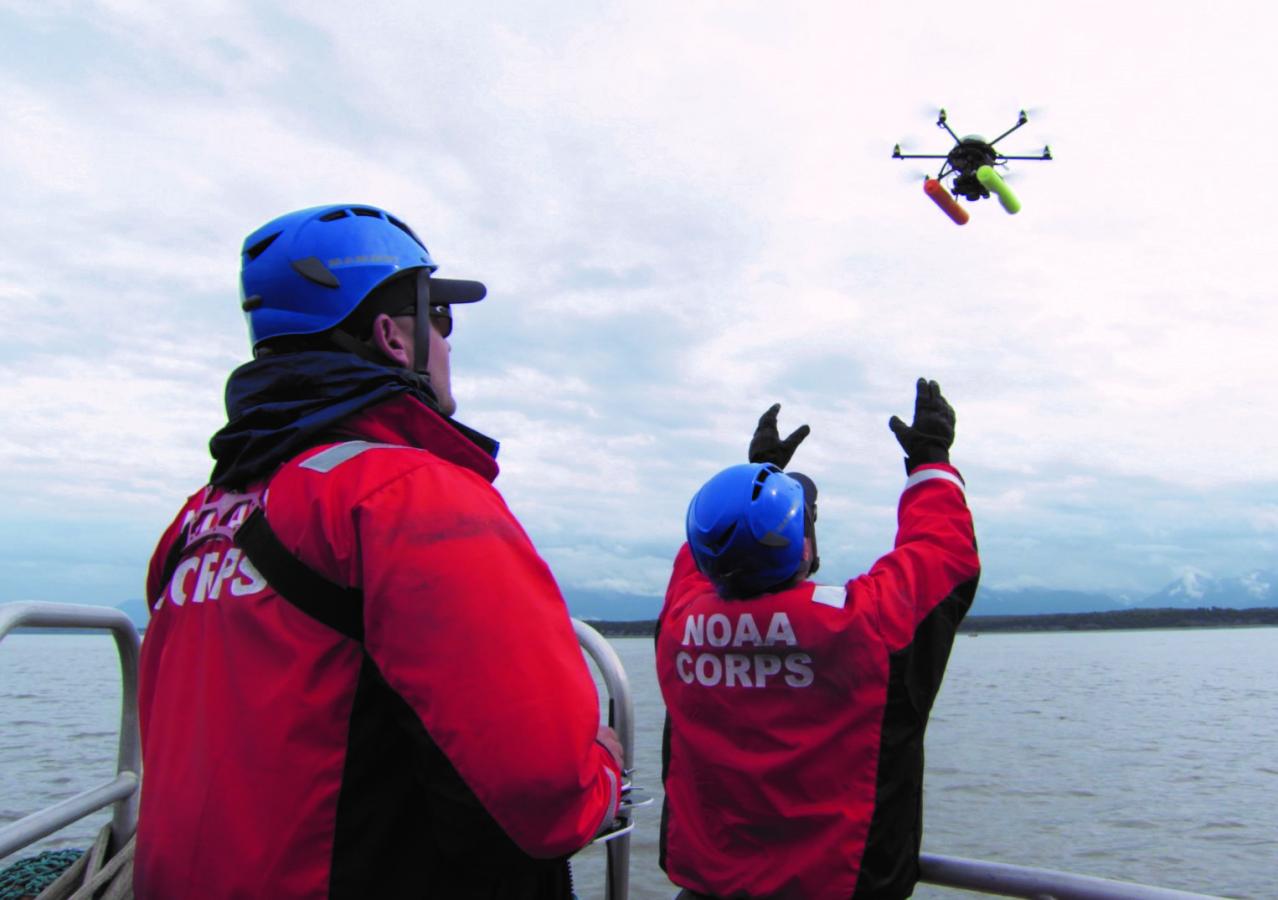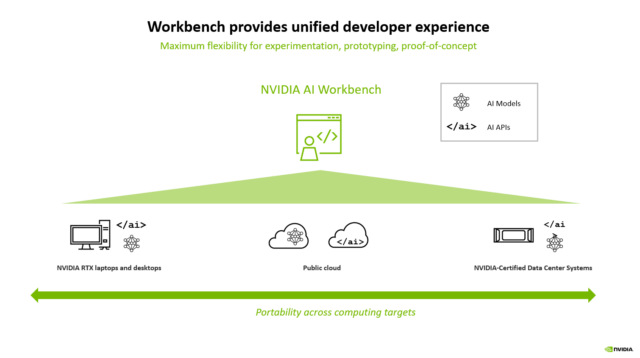Using BVLOS flights for collecting space and environmental data.

The National Oceanic and Atmospheric Administration (NOAA) in the United States is utilizing beyond visual line of sight (BVLOS) unmanned flights to collect crucial data and meet mission requirements.
At NOAA, all uncrewed aircraft operations must undergo operational risk management assessments and receive flight authorization in compliance with Federal Aviation Administration (FAA) and NOAA-specific regulations. During this authorization process, NOAA personnel collaborate with the NOAA Uncrewed Aircraft Systems Division to establish visual line of sight parameters.
NOAA’s uncrewed aircraft operators and the Uncrewed Aircraft Systems Division have been granted FAA approval to conduct BVLOS flights in remote environments and at altitudes surpassing commercial/crewed flights. This allows NOAA to gather data in regions that might have otherwise been inaccessible.
For instance, the NOAA Global Monitoring Lab received FAA approval to fly its uncrewed aerial glider BVLOS at altitudes of 90,000 feet in northeastern Colorado. The glider, equipped with sensors and air sampling technology, can reach heights where crewed aircraft cannot operate. This innovative approach enables atmospheric monitoring at extreme altitudes and the glider can be programmed to return to a specific location. The Lab successfully demonstrated this BVLOS uncrewed operation in the summer of 2023.
In collaboration with NASA, NOAA is using long-range, fixed-wing uncrewed aircraft for BVLOS flights in the Arctic to monitor marine mammal populations in challenging and high-risk areas that are difficult to survey via crewed flights. Additionally, in the Antarctic, NOAA employs BVLOS flights to expand the coverage for penguin population surveys.
By leveraging the appropriate technology and flight environment, NOAA can extend the sampling period with BVLOS operations. The NOAA Pacific Marine Environmental Lab is exploring the use of uncrewed systems that can fly for over five hours while carrying science payloads. This initiative aims to develop more efficient and extended methods for sampling aerosol and cloud properties.
Overall, NOAA’s innovative use of BVLOS unmanned flights demonstrates a commitment to advancing research and data collection in diverse and challenging environments.
For more information, visit www.omao.noaa.gov.





